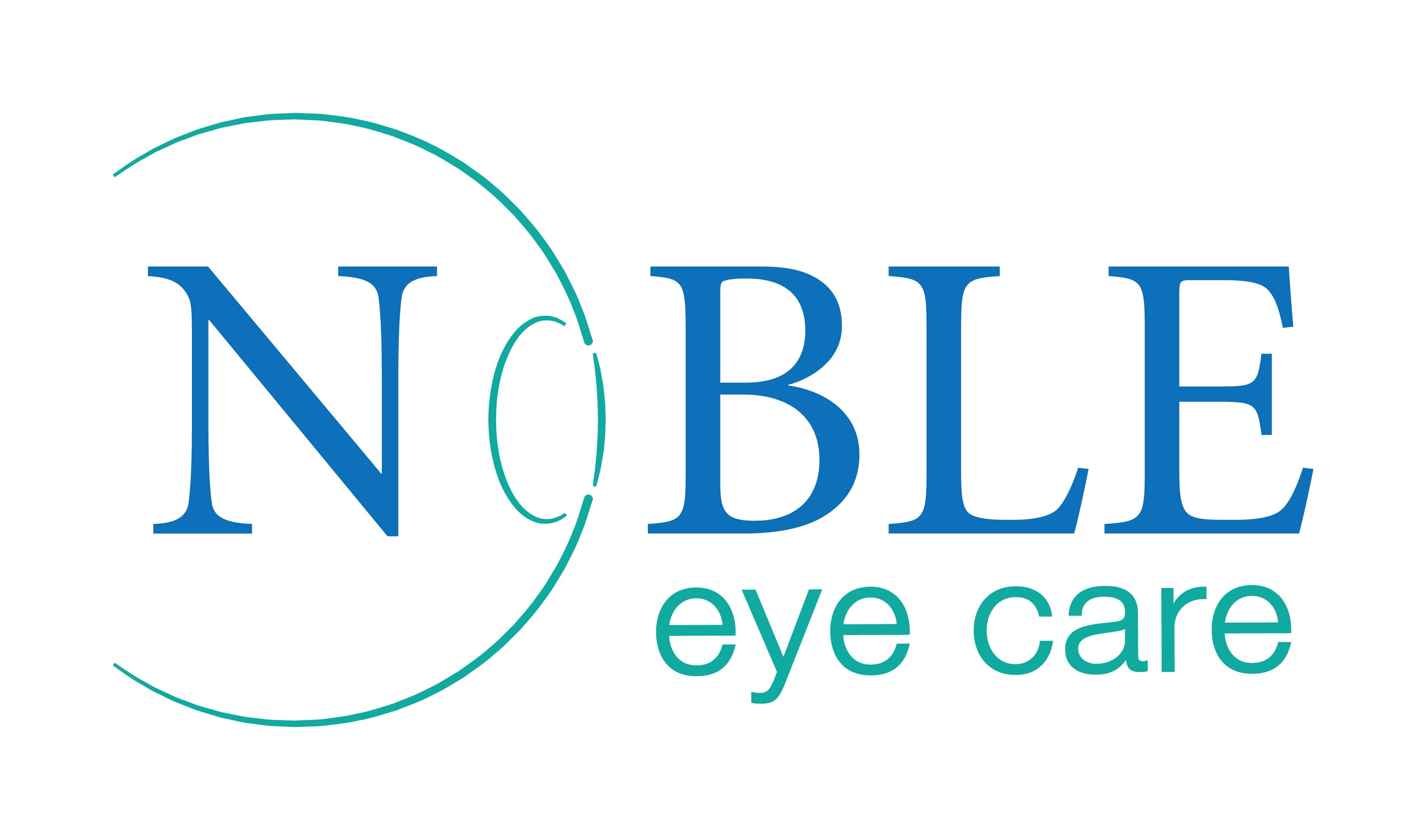

Slide to See Surgical Outcome
Intermittent Exotropia in a child
A 14 year old child presented with outward deviation of either eye (mostly left) since 4-5 years of age. There was not much improvement with the use of glasses. A diagnosis of manifest exotropia was made. Both eyes squint surgery was done and there was perfect alignment between the eyes after surgery.
Before Surgery:
One of the eyes always deviates outwards even with glasses.
After Surgery:
Both the eyes are looking in the same direction and squint is corrected.
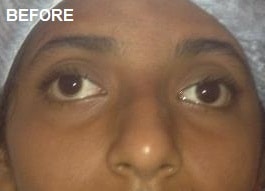

Slide to See Surgical Outcome
Exotropia with V Pattern
A 16 year old girl from Nepal presented with outward deviation of either eye since birth. A diagnosis of infantile exotropia was made. Both eyes squint surgery was done and there was perfect alignment between the eyes after surgery.
Before Surgery:
One of the eyes is deviated outward and the outward deviation increases as the child looks upwards.
After Surgery:
Both eyes are looking in the same direction and the squint is corrected.
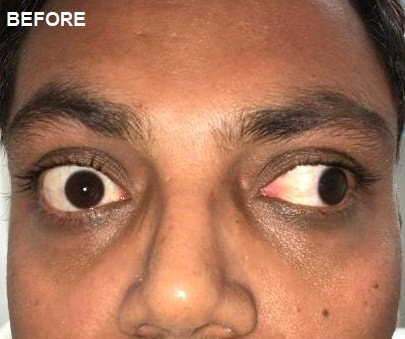
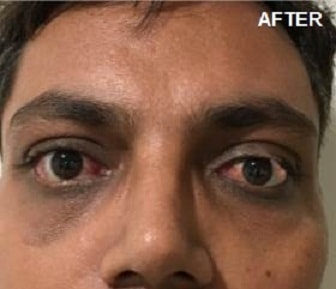
Slide to See Surgical Outcome
Infantile Exotropia in an Adult
A 28 year old man presented with a lerge outward deviation of either eye. There was no improvement with use of glasses. A diagnosis of manifest exotropia was made. In view of the large squint, it was not possible to correct the squint with one eye surgery alone so both eye squint surgery (left followed by right eye) was planned in a sequential manner. One followed by the left eye in a gap of 1 month. one and there was perfect alignment between the eyes after surgery.
Before Surgery:
Either eye used to have a large outward deviation.
After Surgery:
Both eyes are looking straight squint is corrected.


Slide to See Surgical Outcome
Esotropia due to Lateral Rectus Palsy
A 12 year old boy presented with inward deviation of the left eye noticed after a fall from height at 10 years of age. A diagnosis of left sixth nerve palsy was made and squint surgery was done. The squint was fully corrected after the surgery. Before Surgery: Notice the large inward squint in left eye After Surgery: Both eyes are looking straight and squint is corrected.
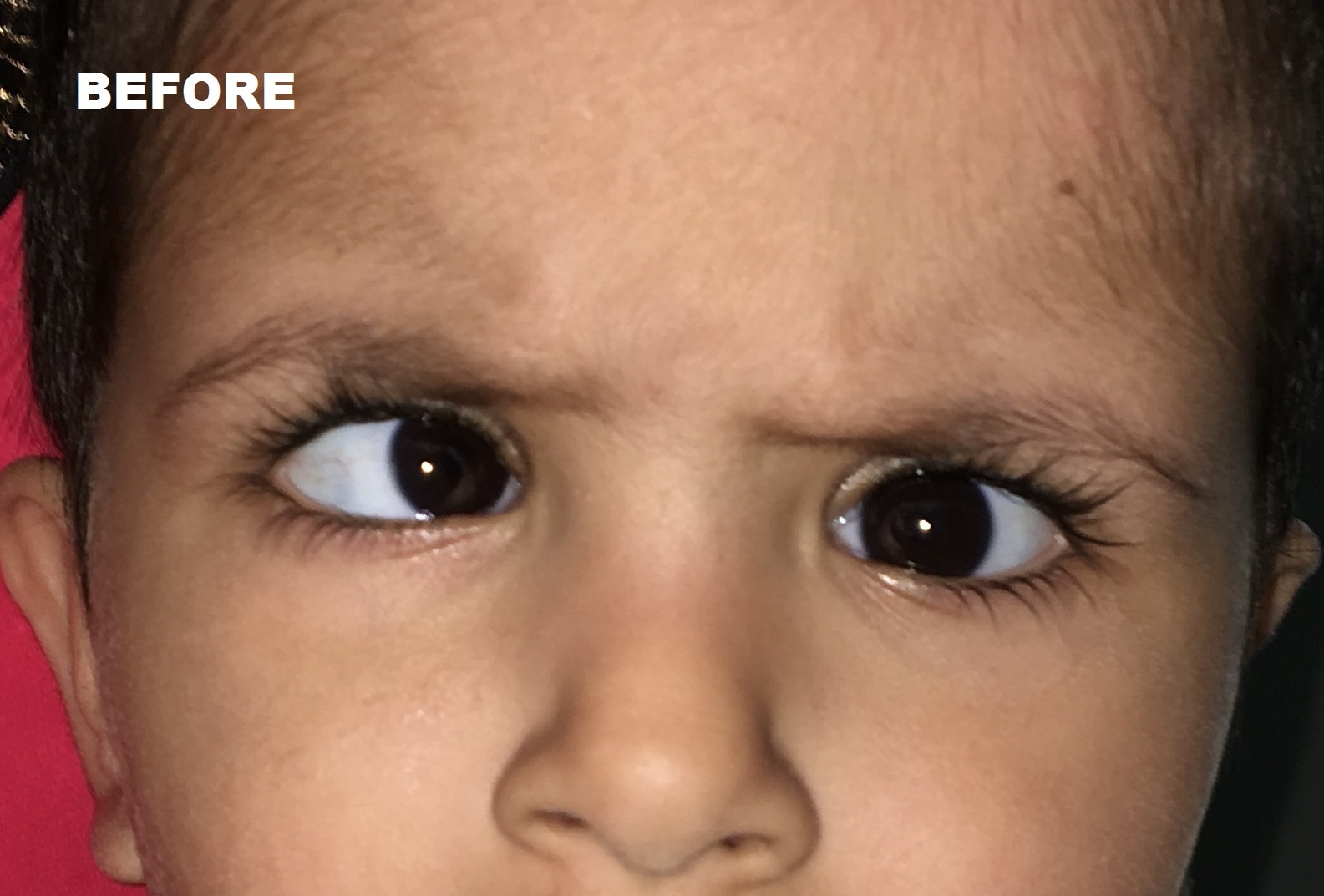
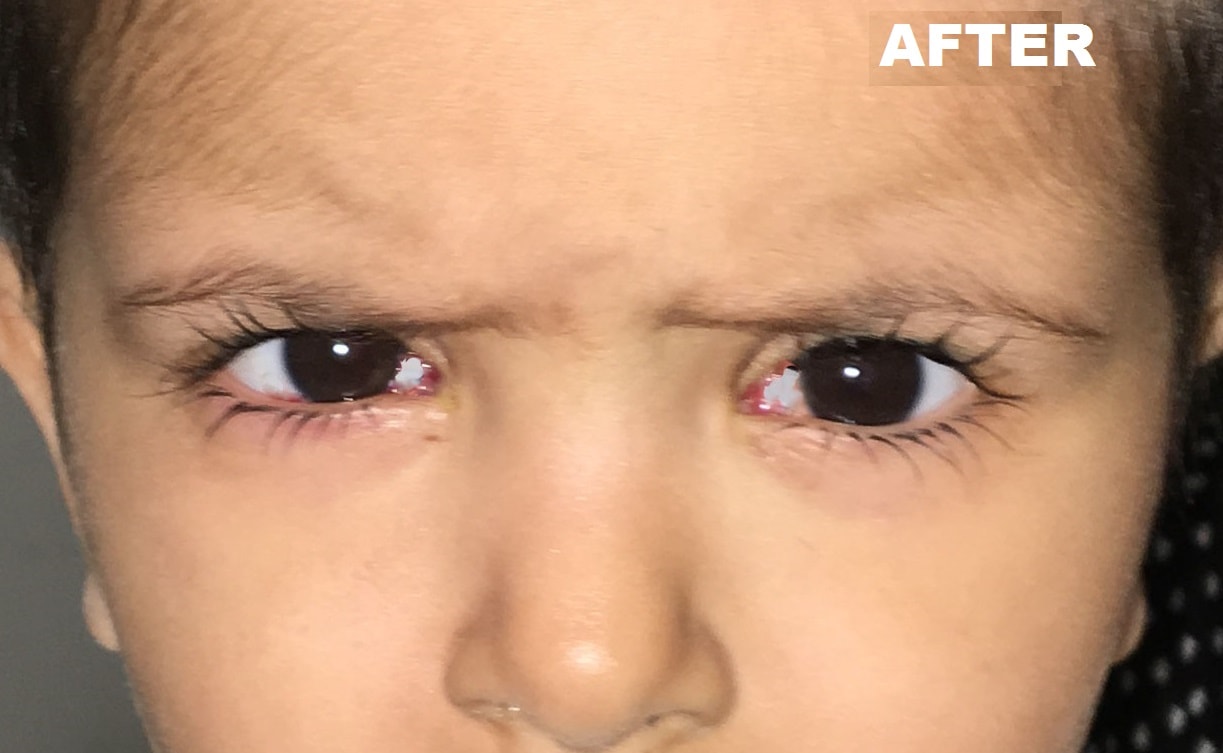
Slide to See Surgical Outcome
Infantile Esotropia
A 1 year old girl presented with inward deviation of the either eye noticed since 6 months of age. When using glasses, the squint persisted. A diagnosis of infantile esotropia was made and squint surgery was done. The squint was fully corrected after the surgery. Before Surgery: Either eye used to have an inward deviation. After Surgery: Both eyes are looking straight and squint is corrected.

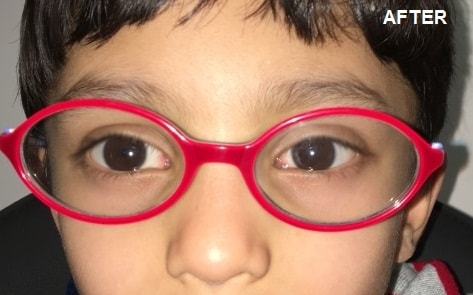
Slide to See Surgical Outcome
Partially Accommodative Esotropia
A 6 year old boy presented with inward deviation of the left eye noticed since 3 years of age. When using glasses, the squint reduced but did not disappear completely. A diagnosis of partially accommodative esotropia was made and squint surgery was done. The squint was fully corrected after the surgery. Before Surgery: Either eye used to have an inward deviation. After Surgery: Both eyes are looking straight and squint is corrected.
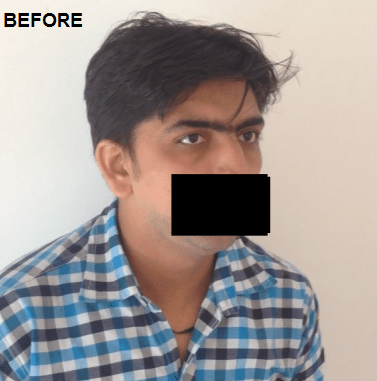
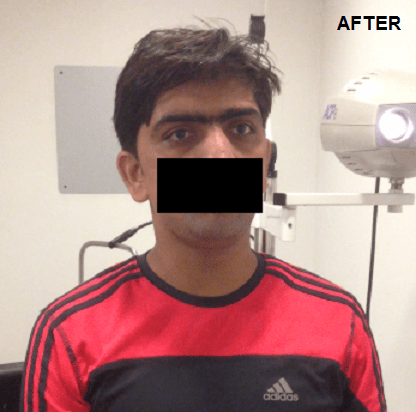
Slide to See Surgical Outcome
Nystagmus with Face Turn
A 30 year old man presented with an unusual head posture and headache on reading or watching television. He had this problem since childhood but nobody could give him a solution. It was diagnosed as a case of infantile nystagmus syndrome with a face turn and a nystagmus surgery was performed to correct the awkward face position. After surgery the face turn is corrected, and his headache is resolved too. Before Surgery: There is a left face turn. After Surgery: The face turn is corrected.
Dr. Digvijay Singh operates on a child with Infantile Nystagmus Syndrome
Infantile nystagmus syndrome presents with wriggley dancing eye movements which may be associated with an awkward face turn. Generally the patient adopts a right or left face turn to achieve good vision as nystagmus is least in that gaze. A surgery can be performed on the extraocular muscles of the eye to correct this faceturn.
![DigvijayProfile[1]](https://drdigvijaysingh.com/wp-content/uploads/2017/11/DigvijayProfile1.jpg)
